Types of Ginseng Plant Pictures features various images of different types of ginseng plants, providing visual representation to aid in identification. Ginseng is a popular medicinal herb known for its adaptogenic and therapeutic properties.
It belongs to the Panax genus, and there are several species of ginseng available, including Panax ginseng (Asian ginseng), Panax quinquefolius (American ginseng), and Panax notoginseng (Chinese ginseng). Each species has unique characteristics, and a picture gallery showcasing these plants can be a valuable resource for understanding their distinguishing features.
Whether you are a herbalist, researcher, or simply curious about ginseng, viewing pictures of different types of ginseng plants can both educate and inspire admiration for these remarkable botanical treasures.
History Of Ginseng
Discover the fascinating History of Ginseng as we delve into the origins and cultural significance of this ancient plant.
Origin Of Ginseng
Ginseng, a revered herb with numerous health benefits, originates from East Asia and has been used for centuries.
Cultural Importance
In Eastern cultures, ginseng is highly valued for its medicinal properties and is often considered a symbol of vitality and longevity.
Classification Of Ginseng
When it comes to ginseng, it is essential to understand its classification as different varieties have different properties and benefits. Ginseng is typically classified into three main types: American Ginseng, Asian Ginseng, and Siberian Ginseng. Each type has its unique characteristics and is known for its diverse medicinal and therapeutic properties.
American Ginseng
American Ginseng is scientifically known as Panax quinquefolius and is native to North America. It grows primarily in the eastern parts of the United States and Canada. This type of ginseng has long been valued for its adaptogenic and revitalizing properties. American Ginseng is cherished for its ability to enhance mental and physical endurance, boost the immune system, and promote overall well-being.
Asian Ginseng
Asian Ginseng, also known as Panax ginseng or Korean Ginseng, is native to the regions of Northeast Asia, including China, Korea, and Siberia. One of the most widely studied and popular types of ginseng, Asian Ginseng, has been used for centuries in traditional Chinese medicine. It is renowned for its stimulating and rejuvenating effects, aiding in energy enhancement, mental clarity, and stress reduction.
Siberian Ginseng
Siberian Ginseng, scientifically known as Eleutherococcus senticosus, is not a true ginseng plant but is categorized under ginseng due to its similar properties and benefits. Siberian Ginseng is indigenous to Russia, China, Korea, and Japan. Often referred to as “Taiga root,” Siberian Ginseng is popular for its adaptogenic properties, assisting the body in coping with stress and boosting endurance and vitality.
Overall, the classification of ginseng allows individuals to differentiate between the various species and understand their unique health benefits. Whether you are seeking mental clarity and energy boost with Asian Ginseng or looking for immune system support with American Ginseng, there is a ginseng variety to suit your needs.

Health Benefits
Ginseng, a popular herb in traditional Chinese medicine, has been praised for its numerous health benefits. This powerful root has been used for centuries to boost the immune system, enhance cognitive function, and promote overall well-being. Let’s explore the specific health benefits of ginseng in detail:
Boosting Immune System
Ginseng is renowned for its immune-boosting properties. It has been shown to promote the production of important immune cells, such as white blood cells and natural killer cells, which play a crucial role in defending the body against infections and illnesses. The anti-inflammatory and antioxidant compounds found in ginseng help to strengthen the immune system and protect the body from oxidative stress.
Improving Cognitive Function
Ginseng is also valued for its ability to enhance cognitive function. Studies have indicated that ginseng may improve memory, focus, and mental clarity. Its neuroprotective effects are attributed to its capacity to reduce oxidative stress in the brain, modulate neurotransmitter activity, and promote the growth of brain cells. This makes ginseng a promising natural remedy for combating age-related cognitive decline and supporting overall brain health.
Cultivation Process
The cultivation process of different types of ginseng plants can be visually documented through various pictures. Each ginseng plant, such as American ginseng and Asian ginseng, has distinct features that can be observed and compared through images, aiding in identifying the specific type of ginseng.
Growing Conditions
Ginseng plants require specific growing conditions to thrive. They prefer a shaded environment with rich, well-drained soil that has a pH level between 5.5 and 6.5. It is essential to select a site that receives filtered sunlight, as direct exposure can damage the delicate leaves. Planting ginseng under trees or in wooded areas provides the ideal level of shade. Soil preparation is vital, ensuring it is loose and free from rocks and debris.
Harvesting Techniques
Harvesting ginseng requires careful timing and precise techniques to ensure a high-quality yield. The first step is to identify when the plant reaches maturity, typically after four to six years of growth. Mature ginseng plants are recognizable by their well-developed foliage and bright red berries. Careful extraction of the root is crucial to avoid damaging the plant. To harvest ginseng, gently loosen the soil around the root using a garden fork or spade. Take care not to disturb the plant’s delicate roots or foliage.
Once the root is exposed, carefully lift it from the ground, making sure it remains intact. Inspect the root for any signs of damage, disease, or pest infestation. Remove any damaged sections using a sharp knife, ensuring clean cuts. After harvesting, it’s essential to properly cure and dry the ginseng root to maximize its potency and shelf life. This typically involves gently washing the roots to remove any soil particles, then air-drying them in a well-ventilated area. Once completely dry, the ginseng roots can be stored for long-term use or processed into various products, such as teas or extracts.
Understanding the cultivation process of ginseng is essential for successful growth and harvesting. Providing the right growing conditions and employing proper harvesting techniques can optimize the yield and quality of ginseng plants. So, if you are considering cultivating this valuable herb, be sure to follow these methods to enjoy the many benefits that ginseng has to offer.

Varieties Of Ginseng Plants
Ginseng is a popular medicinal herb known for its various health benefits. There are several types of ginseng plants, each with its own unique characteristics and uses. In this article, we will explore three popular varieties of ginseng plants: white ginseng, red ginseng, and wild ginseng. Let’s take a closer look at each of these varieties.
White Ginseng
One of the most commonly found varieties of ginseng plants is white ginseng. It is obtained by drying the freshly harvested ginseng roots without any additional processing. White ginseng is recognizable by its pale and wrinkled appearance. It is believed to have a milder flavor compared to other types of ginseng plants.
White ginseng is often used to make herbal teas, tonics, and supplements. It is valued for its potential to boost energy levels, improve mental focus, and enhance overall well-being. Many people enjoy the mild and slightly bitter taste of white ginseng, making it a popular choice for incorporating into daily wellness routines.
Red Ginseng
Red ginseng is another variety of ginseng plants that has gained popularity for its unique processing method. The roots of ginseng plants are steamed and dried before being used, resulting in their dark red color. This special processing method is believed to enhance the concentration of beneficial compounds in the plant.
Red ginseng is known for its potent adaptogenic properties, which may help the body adapt to stress, improve stamina, and support the immune system. It is often consumed in supplement form or added to health tonics and beverages.
Wild Ginseng
Wild ginseng, as the name suggests, is ginseng that grows freely in its natural habitat, such as forests and mountains. It is highly sought after due to its rarity and perceived potency. Wild ginseng is characterized by its twisted and gnarled roots, which can be quite valuable in the herbal market.
Wild ginseng is often considered the purest and most potent form of ginseng. It is believed to contain higher levels of active compounds compared to cultivated varieties. Due to its scarcity, it can be quite expensive and is often used in traditional medicine practices.
Visual Exploration
Discover the beauty and distinct characteristics of different ginseng plants through captivating pictures. Let’s venture into the visual realm of American and Asian ginseng to witness their unique features through stunning imagery.
Pictures Of American Ginseng
Embark on a visual journey with pictures showcasing the delicate leaves and small, pronged roots of American ginseng. These images capture the serene natural habitat in which American ginseng thrives, providing a glimpse into the plant’s beauty and resilience.
Images Of Asian Ginseng
Experience the allure of Asian ginseng through captivating images that highlight its characteristic forked shape and vibrant green foliage. These visuals offer a glimpse into the lush landscapes where Asian ginseng flourishes, evoking a sense of awe and admiration for this esteemed botanical treasure.

Popular Ginseng Products
Ginseng supplements offer a convenient way to incorporate the benefits of ginseng into your daily routine.
They come in various forms such as capsules, tablets, or powders, providing a concentrated dose of ginseng.
Ginseng tea is a popular choice for those who prefer a soothing and aromatic way to enjoy the benefits of ginseng.
It is easy to prepare by steeping ginseng roots or leaves in hot water, resulting in a refreshing and health-boosting beverage.
Environmental Impact
Ginseng plants play a crucial role in the environment due to their ecological significance. Many factors contribute to their environmental impact, including sustainability practices and conservation efforts.
Sustainability Practices
Ginseng cultivation adheres to strict guidelines to promote ecological balance and minimal environmental harm.
Conservation Efforts
Various organizations focus on preserving ginseng habitats to ensure their long-term survival in the wild.
Frequently Asked Questions For Types Of Ginseng Plant Pictures
What Are The Different Types Of Ginseng Plants?
Ginseng plants include American, Asian, and Siberian varieties, each with distinct characteristics and benefits.
How Can I Identify The Types Of Ginseng Plants By Their Pictures?
Different ginseng plants can be distinguished by their leaf shape, color, and overall appearance in the provided pictures.
What Are The Medicinal Benefits Of American Ginseng?
American ginseng is known for its potential to boost energy, reduce stress, improve cognitive function, and enhance immune system function.
How Does Asian Ginseng Differ From Siberian Ginseng?
Asian ginseng is known for its stimulating effects and potential to improve mental clarity, while Siberian ginseng is often used for its adaptogenic properties.
Are There Any Precautions To Consider When Using Ginseng Plants?
It’s important to consult with a healthcare professional before using ginseng, especially if you have any existing medical conditions or take medications.

Conclusion
To sum up, the blog post highlighted various types of ginseng plant pictures, providing insightful information and visual representation for readers. By exploring the diverse varieties of this medicinal plant, readers can better understand and identify the specific characteristics and benefits of each type.
These pictures serve as a helpful visual reference, supporting the informative content throughout the post. Expand your knowledge and appreciation for ginseng as you explore these captivating images.
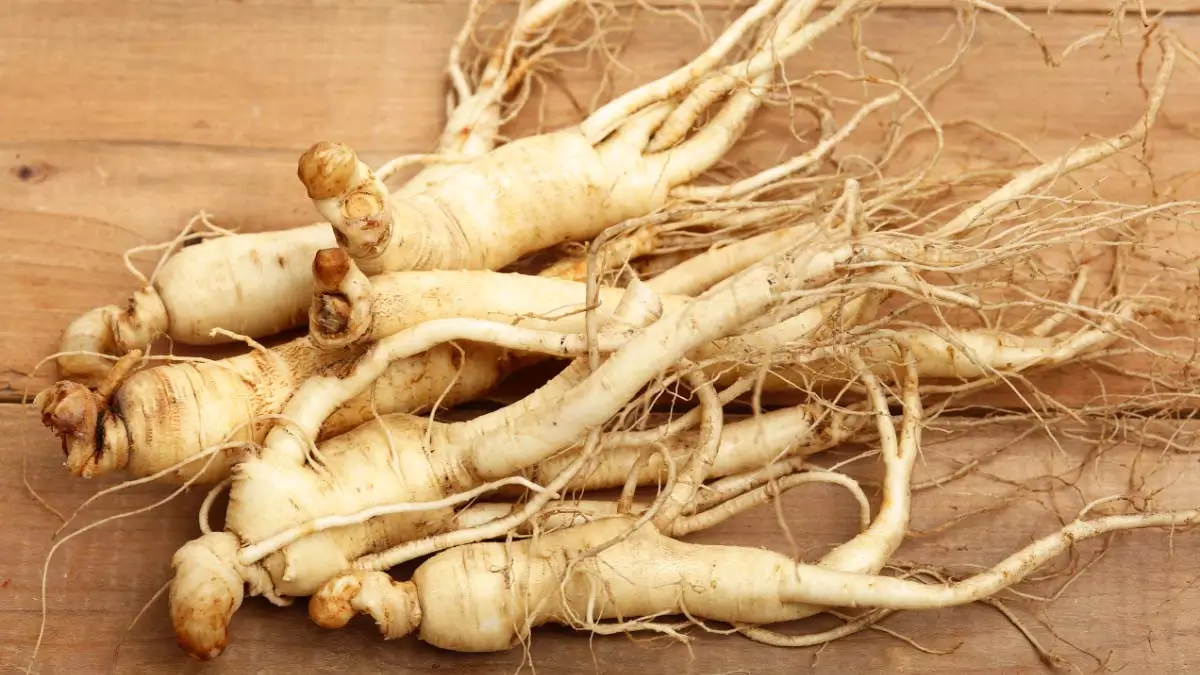
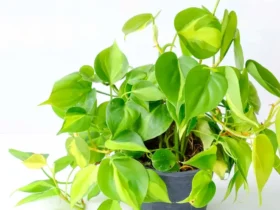
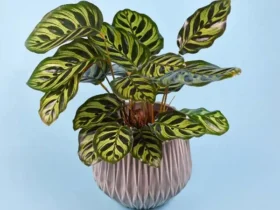
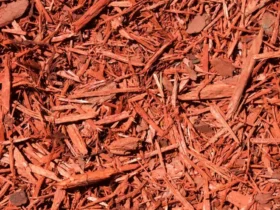
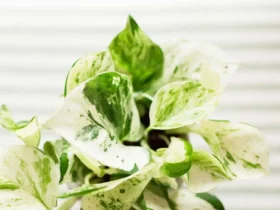
Leave a Reply